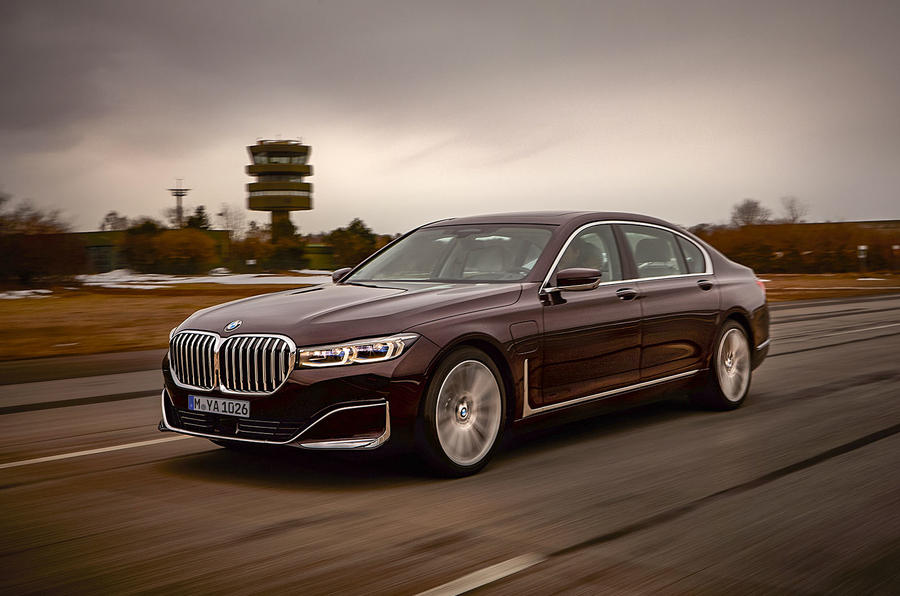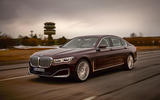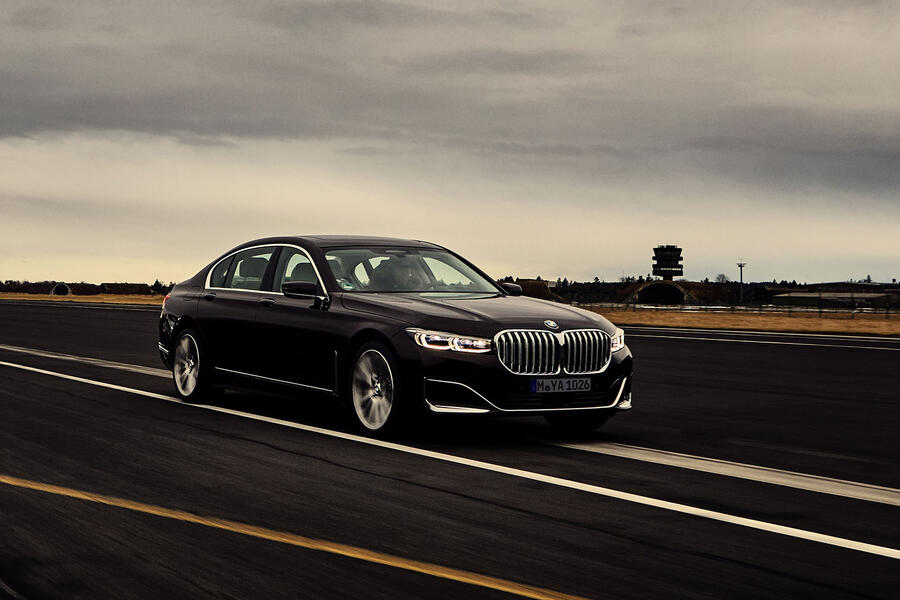What is it?
BMW might not want to admit it, but the invoice for facelifting the current 7 Series came in a fifth dearer than what’s typically permitted.
That only confirms what we already know: the G12-generation model introduced in 2015 had fallen too far off the pace of rivals from Mercedes-Benz and Audi. Rolling refinement and a forgettable aesthetic were to blame, with the former undermining sales in Europe and the latter failing to fully inspire wealthy Chinese wanting to make a statement. Much money has been duly spent.
This refreshed 7 Series LCI (for ‘Life Cycle Impulse’) spearheads chairman Harald Krüger’s goal of making BMW’s costlier models more luxurious in the traditional sense. It’s why you can now have parquet leather on the seats and armrests and wooden inlays on the seatbelt outlet covers, and why there's additional sound insulation within the rear wheel arches, rear backrest and B-pillars.
Thicker glass, laminated to 5.1mm, is also available not only for the windscreen but also the side and rear windows, which are now more slickly lowered by new electric motors.
‘Luxury’ is also behind the ballooned kidney grille. Comparisons with Dr Lecter beckon, and BMW has surely gone too far this time, but along with the slimmer laser headlights and elegant panels of the lower front bumper, it does give the 7 Series a more imperious disposition.
The designers say their aim was to channel a touch of Rolls-Royce, itself owned by BMW, and when you see the car’s thrusting, bevelled nose and neat front bumper in the metal, you’ll know what they mean.
An extensive range of turbocharged petrol and diesel engine remains, starting with the 262bhp 730d diesel and culminating in the V12 M760Li xDrive – a leather-lined, 577bhp petrol-powered missile that'll do 190mph.
We’ll get to sample some of those models in March, before deliveries commence in April, but our first brief, pre-production taste of the new 7 Series comes in plug-in hybrid 745e form at BMW’s Maisach facility just outside Munich – a former German Air Force base that's now used as an academy to train employees.






























Join the debate
Add your comment
Great car even after many years since it's been released!
Wait and see
And it doesn't look as bad as the big grill Audi introduced on the A8 a while back or the current LS grill. The A8 now has arguably the best nose but it's interface is just stupid. BMW has by far the best interface with it's multiple options.
The Mercedes just looks a bit too bland and anonymous as did the old 7.
This one has more presence and is now more easily differentiated from a 5.
And the next XJ? I wouldn't hold my breath. The new model was original due this year and Autocar devoted far too many issues rehashing essentially the same info again and again last year without telling us anything new. With Jags troubles who knows when it'll actually arrive.
Can't afford any of these but if I could my money would be on the 7. Make mine an Alpina.
Seem to be in the minority
Seem to be in the minority here, but I like the new grill.